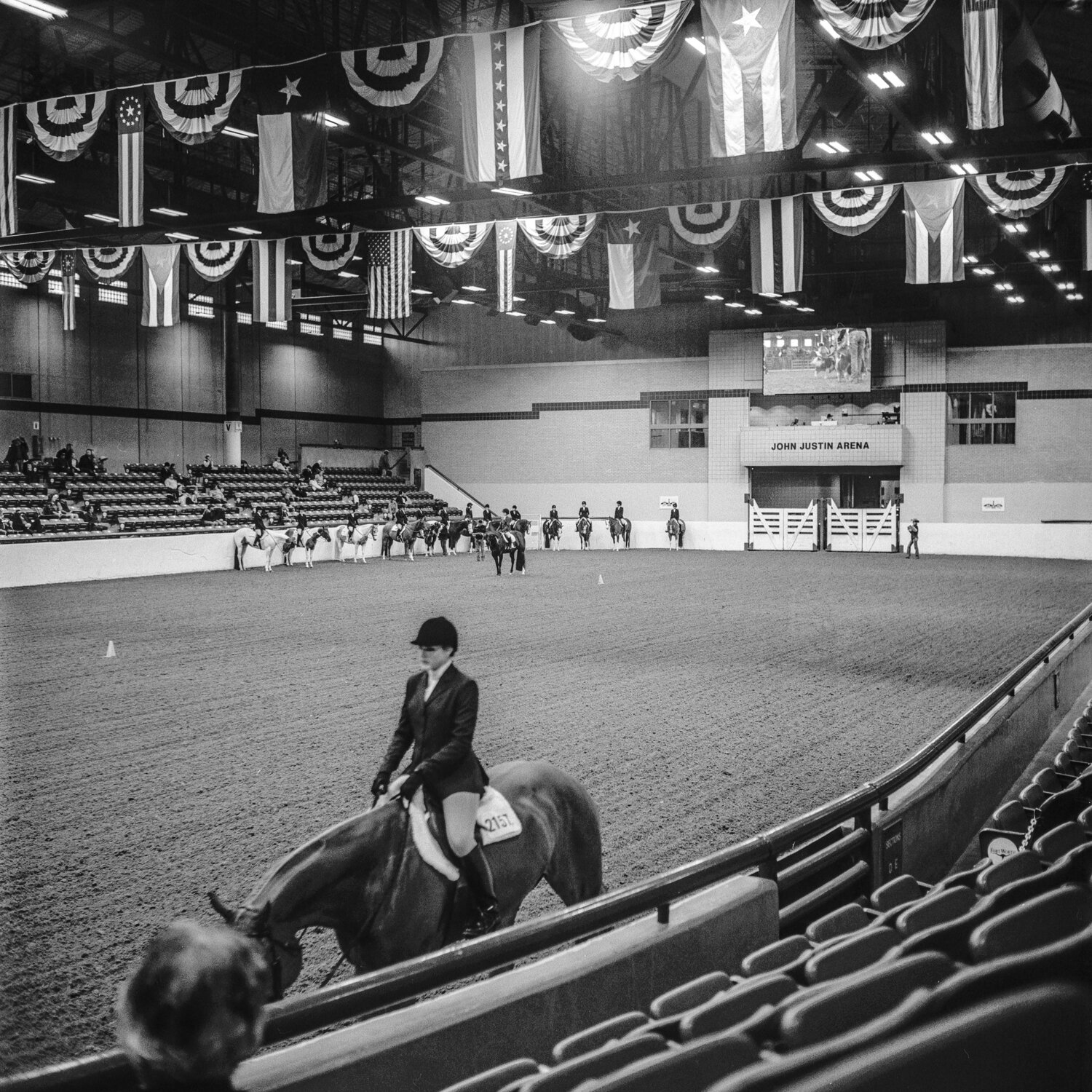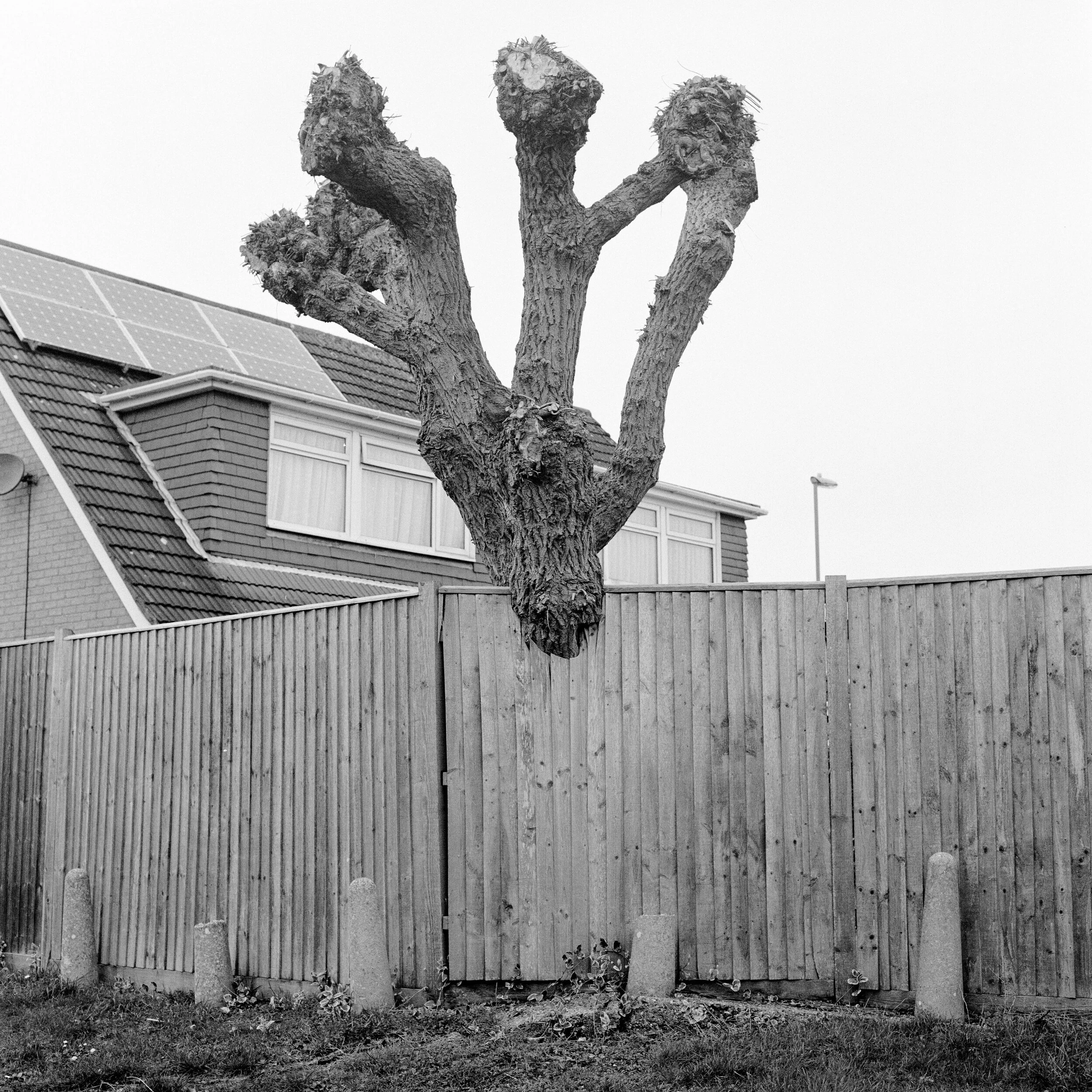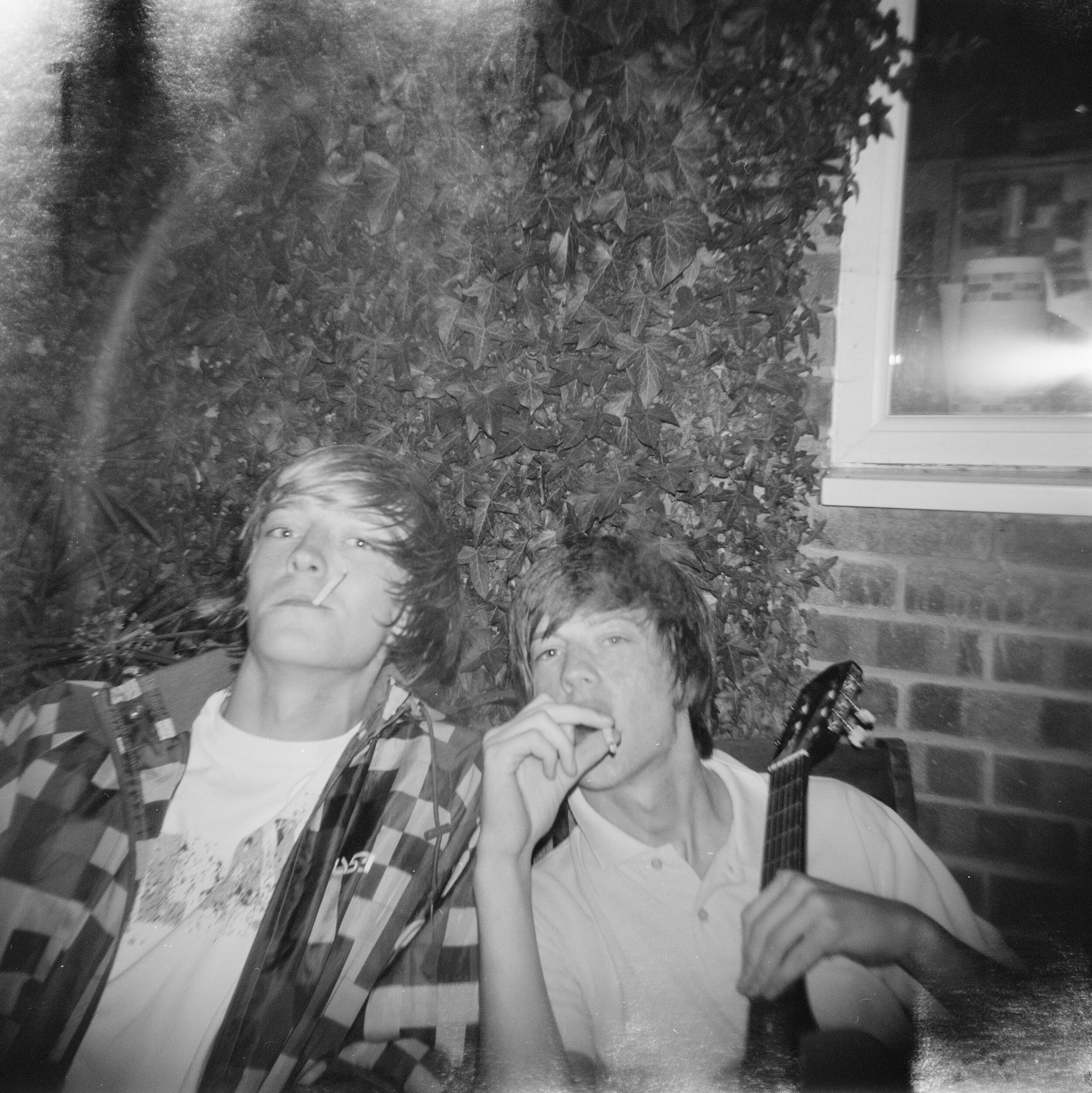David Gilbert Wright in conversation with Will Hopkins
I was first introduced to David Gilbert Wright’s work by Simon Tasker (@simonltasker), I believe. I quickly became enchanted by his portraits of life in the United Kingdom, and his Brick Lane series felt timely for the news of the day. Not only did he make technically good exposures, each of his photos captured some intangible humanity, and the projects come together to form a whole greater than the sum of their parts.
This is the first time David is sharing some of this work. Much like Simon Tasker’s newly-shared early work and the unprinted works of Garry Winogrand and Vivian Maier, there is something exciting about old photos that are also new. Of course, he is continuing to produce new work, and being able to view his early photos alongside contemporary projects adds even more dimension to the body as a whole.
I hope you enjoy David’s photos and storytelling as much as I have, and learn something new from a veteran documentarian.
-Will Hopkins
PC: David Gilbert Wright (The Miners)
Will Hopkins (WH): Could you please introduce yourself?
David Gilbert Wright (DGW): I am David Gilbert Wright. I am English and I have been a documentary photographer for over 40 years. I first became interested in photography while I was doing a Foundation Course at Art College. Initially, I wanted to go on and study painting but found that photography was a quicker way of realising my ideas and also a more effective medium in achieving them. So, I went on to study Photography at the prestigious London College of Printing.
WH: What was it like studying Photography at the London College of Printing in the 1970s?
DGW: It was a turbulent time in both the Art world and also in Britain itself. Punk was just beginning and it was really something that had been happening in the Art colleges of England before it hit the mainstream. I was caught up and carried along with it and it was very exciting. We were all searching for ways to be different and break the rules. I realised that, in order to break the rules you had to know them and also be technically very proficient.
I learned about shooting and processing film, which stood me in good stead for the whole of my career. I shoot only film and process and print everything in order to retain control over the final result. Although I post my work on social media platforms and on my website, it is meant to be viewed as prints. Only then do you get the full experience of the the grain texture and size of the result. I don’t consider [myself] a Luddite, more a person deeply involved in achieving the best possible result through my craft.
WH: What equipment do you use?
DGW: Over the years, I have used different cameras depending on the work I was doing. For documentary work, I have generally used 35mm cameras. I used a Pentax KX for many years. Recently, I bought an old, second-hand 1970s Nikon F2. It is a beautiful camera yielding amazing results. During my landscape period I used a Pentax 6x7, and I use that for more formal documentary portraiture as well. I have a darkroom in my home, and like to work alone at my own speed. I have a De-Vere 504 diffuser enlarger. My film preference is Kodak T-Max 400 and Ilford FP4, both processed using standard stock developer and times.
WH: Explain your way of working in the darkroom?
DGW: Making prints is a long, involved process for me because a negative rarely captures everything with the correct tonal values. It stands to reason, the tonal range possible on film is only a hundredth of what it may be in the scene being viewed. So I have to make judgements at the printing stage about what aspects of the image will need work. It is much easier now on a computer but the actual act of manipulating your hands to mask or burn areas of an image and knowing the times involved are what makes the process so enjoyable but also stressful, I might add.
PC: David Gilbert Wright (The Miners)
WH: When did you go to Wales to photograph the miners?
DGW: I went to photograph the Welsh miners in 1977. I spent about a week travelling around different mines and villages. I did not shoot much film, preferring to try to see what was happening in front of me and carefully, almost forensically, probe until the right moment arose. At that time, I was not really aware of the need to develop a relationship with the subjects in the way that the great John Collier (Visual Anthropologist) did. Now, I am much more aware of the benefits of inspiring confidence in the people you want to photograph so that they feel at ease and almost forget you are there. It does not reduce the subjectivity of documentary photographs but does allow life to unfold in front of you more readily.
The 1970s had seen a number of strikes by the miners and with the advent of a Conservative Government and Margaret Thatcher, their future looked precarious. Obviously, I was not to know that the miners strike of 1984-5 would become one of the bitterest disputes with the Government, whose aim was to break the power of the unions. However, I could sense something in their faces and that was what I tried to record in my photographs. Looking back on that series, I can see the importance of the photographs as not only historical documents but also as the generation that eventually had to face pit closures, redundancies, mass unemployment and mental health problems. The series only contains around 11 pictures but I believe it contains some of my finest documentary photographs. The other puzzling thing about the series is that it remained unprinted for over 40 years, along with the Brick Lane photographs
PC: David Gilbert Wright (Brick Lane)
WH: When did you take the Brick Lane series?
DGW: It was 1978 and racial tension was rising in Britain. Groups such as the National Front were beginning to express nationalist views, and people were becoming uncomfortable with their message. However, high unemployment, strikes and the formation of ghettoes in the major cities like London, Bradford, Manchester and Leeds provided breeding grounds for racism. I was not aware at the time how important my photographs would become as historical records of the way local people were being subjected to hatred campaigns as they attempted to go about their work. Looking back, I can see now how I captured the signs of stress, poverty and courage of the people living in what was the semi-industrial area of the East-End. I spent a couple of weeks photographing in the area. Later, in 1980, I had to commute on a motorbike through a part of South London. The hatred had spread to that area and this time it manifested as violence and destruction with shops and cars being set on fire at night, windows smashed and gangs at each others’ throats. A scary time for many. If only, we had all seen the signs and acted more quickly in the late 1970s.
PC: David Gilbert Wright (Disappearing Ireland)
WH: You went on to do a series of photographs in Ireland. What was that about?
DGW: The family had their roots in a small hamlet called Knockgarra, Co.Galway. They were a rural people like many in the area. I began the project in the 1980s with the idea of documenting the farming communities of Western Ireland to show my children something about their heritage. Quickly, it became clear that things were changing and ways of life were disappearing. So I continued the project for many years. It spanned two decades and is made up of around 45 photographs that explore the themes of family, religion, childhood, farming, commerce, culture and age. I started to work on building relationships with the people who I was photographing by getting their stories. Usually this happened prior to them agreeing to let me take their picture and through the conversations we had as I photographed them. The series is organised into a narrative story and became my response to how external finance and influence had impacted on a way of life.
PC: David Gilbert Wright (Surviors)
WH: Do you work as a photographer now?
DGW: My career has involved me working in a number of photographic roles including a film processor, a studio assistant, a wedding photographer, a medical photographer and free-lance. I also spent many years as a Photography Lecturer. I no longer do commissions or lecturing, working solely on my own projects.
My experience as an Art School student and then as a photography lecturer was to learn and teach photography was best done through projects. Even training to be a photojournalist, as assignments are projects of a kind. Finding a subject and then spending time exploring it photographically and getting to know the people and their stories yields much more interesting results than simply taking pictures of anything and everything. People just setting out as photographers might consider this as it is how many of the great photographers of the past have worked.
PC: David Gilbert Wright (Survivors)
PC: David Gilbert Wright (Modern Tribes of England)
WH: With that in mind, what photographers have influenced you most?
DGW: Jaques Henri L’Artigue for his ability to capture everyday life. Cartier Bresson for his "decisive moment" approach, Bill Brandt for the beauty of his prints, Don McCullin for his representation of the Industrial North and Homer Sykes for his ability to find the quirkiness in our English folk festivals.
WH: What are you working on now?
DGW: I am engaged in two projects - Modern Tribes of England and Survivors. The Modern Tribes project is a large undertaking and will probably take many years to complete. It is based on the idea that people naturally join groups and membership of them can improve their sense of wellbeing. There has been a lot of research around this especially in New Zealand. Having a social network to support you and fall back on during difficult times leads to a greater feeling of well-being. It stands to reason. Human beings are social animals and form communities. The groups I have been documenting over the past two years include Morris, Re-Enactors, Pagans, Railway Enthusiasts, Urban Agriculturalists and Climate-Change Activists. Prior to the Pandemic, I was about to begin photographing Goths. My approach is an anthropological one involving getting to know the group members and gaining their trust so they almost forget I am there photographing them. An interesting thing about doing this is that many of the groups have got so used to me being around that they have asked whether I am actually going to join and become a Morris dancer or a Climate-Change Activist. However, my job is to document the groups not to join them.
PC: David Gilbert Wright (Modern Tribes of England)
The other project - Survivors is about people who have experienced serious trauma in their lives and have got through it and grown in wisdom and resilience. It is about the triumph of the human spirit over adversity. The idea has its origins in my own experience. I am a survivor of a stroke and a heart operation. Photography has become my saving grace and enabled me to grow stronger. So, I set out to find people with interesting stories that they wanted to share. I record and transcribe their stories word-for-word. We then work collaboratively to design a portrait. My expectation is that once I have about twenty stories and portraits I will exhibit the work and publish them in a book. The project includes stories such as a medic who served in the Vietnam war, a man pulled under a train and had an outer body experience, a woman whose Aunt, Mum, Dad and husband all died within two years and a young refugee from the war in Yugoslavia. This project has brought me into contact with some incredible individuals. Ordinary people with extraordinary lives.
WH: Do you currently teach?
DGW: No, I don’t teach at the moment as I am working on my own work that consumes all my time.
WH: Have you tried Morris dancing?
DGW: No, I have never tried Morris dancing but been tempted. Maybe one day.
WH: Where do you hope photography as a field will go in the future? Professional photography today looks very different from even just a decade ago. How do you think it might change going forward?
DGW: Professional photography now and in the future seems to have very little room for 'thinking photographers'. News is dominated by moving pictures. Journalists seem to take their own photos. The only places that appear open are social photography, e.g. weddings, school portraits, fashion and advertising. In effect, the commercial aspects that pay for high quality results.
PC: David Gilbert Wright (Modern Tribes of England)
Going forward, photography of my kind will become commodities into high value prints that collectors buy. Alternatively, it will be a space occupied by serious photographers who are not in it for the money. They want to tell stories and express themselves artistically.
WH: From J. Han: If you practice black and white film photography and use a darkroom to print photos, which photographer's (alive or dead) darkroom would you like to have access to and be able to watch work in their workspace?
DGW: The photographer I would most like to meet and work with in his darkroom would undoubtably be Ansel Adams. He is the master of analogue photography. His approach to printing is inspiring. He likened the printing of a negative to conducting an orchestra. The negative is like the musical score. The musical score can be performed in many different ways depending on how the conductor interprets it. Likewise, a negative can be printed in many ways depending on what the printer wishes to accentuate. So for me, the printing stage can be a highly creative experience and to be in Ansel Adams’ darkroom using his equipment and even being guided by him would be exhilarating.
WH: What question do you have for the next photographer? You can answer it yourself if you’d like.
DGW: If you could travel back in time, which photographer from history would you most like to interview for this magazine, and why?
ED: To find more of David's work, you can visit his website Davidwright.photography or on instagram at @davidgilbertwright















































